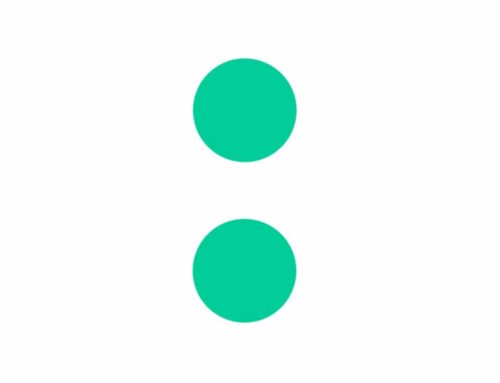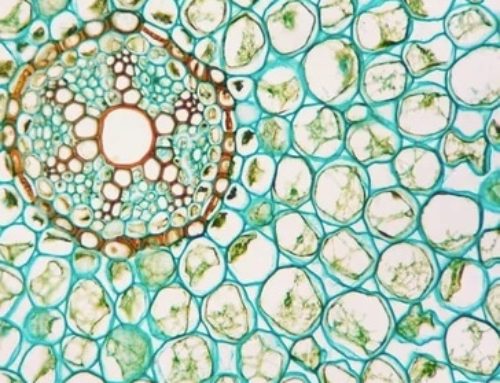When I was in Graduate School for a Masters in Fine Arts, “The Poetics of Space” by Gaston Bachelard was mandatory reading. No where else is the silent language of how space speaks and shapes our internal experiences so eloquently and beautifully described than in this masterpiece. Artists, architects, designers, engineers, poets, and philosophers alike refer to this book as a manual for deep thinking about how we relate to spacial relationships and how that shapes our perception and experience.
I was once asked how being an artist related to being an organizer, and the discussion grew into my ability to read space with instant clarity and intuition. It’s a silent language that lends itself to analogies of music, the beatitude of physics, and ancient concepts of faith and perceiving what is not seen or heard, but felt. It has to do with cadence, rhythm, breath, and an interconnected consciousness that is natural.
Often I find myself explaining to my clients that a home is a living organism. For instance, where we enter is the mouth. It’s a depot, with a lot of coming and going and accumulation of busy energy. The front of the home is the brain and the public realm where thinking and interacting occurs. It requires a certain kind of light and avenues for traffic patterns. The kitchen is the heart, the hearth, the center, and as I described it for one client, a mother of twins who loves to cook and thrives on boisterous levels of activity …the engine room. The back of the house is quiet, for rest, intimacy, and restoration. Understanding how a house talks is critical to creating a comfortable home that expresses the unique life of its inhabitants.
Another conversation I had with a client that connects to “The Poetics of Space” was when I was helping a her find a new apartment that fit her and her family. I explained to her that a home is a container, and within this container are sub-containers: rooms, closets, nooks, drawers, etc. It’s a gestalt in which each part is a whole in and of itself, they all interact with each other and are equally plugged into the totality of what a home is and how it feels. If we were to describe it by doodling, it would be a flow chart of radiating stars, spirals and circles that intersect. I wanted her to understand that these containers have shapes and the shapes affect the energy and movement within them. If she could develop this kind of awareness, it would help her understand and direct her responses when she walked through potential apartments.
The most ubiquitous word used in the organizing vernacular is “clutter”, and that word doesn’t always work for me. I’m trying to get my clients to understand deeper concepts on a gut level that brings it all together and makes sense to them. I’m fishing for ideas that get them excited. That “aha!” moment that brings on a shift in thinking that is profound enough to help them change their patterns and habits. A shift in thinking comes before a shift in action and habit. Often it’s thinking poetically, with analogies, stories, jokes, images and metaphors. It comes through the back door of our imagination.
“Clutter” sounds more like putting my clients (who are already suffering enough,) on the rack, in a head vice or stuffing them into a straight jacket. It’s so judgemental and admonishing. We all have clutter in our lives sometimes, usually after a flurry of focused activity. We just don’t want to step around it constantly. It’s much more effective, expansive and fun to give my clients a spark of an idea that grabs them and teaches them to eventually “see” and read space all on their own.
Rather than clutter, I prefer to talk about breathing life into dead spaces. It’s about bringing energy, light and air into the corners and passageways. This means that these areas are engaged. They’re touched by the senses. They serve a purpose that is used, appreciated and attended to. It may be as simple as an open spot on the wall for the morning light to stream onto. Sounds to some like idle emptiness. But the fact that seeing the morning sun stream into the room gives us momentary spurts of well-being and reassurance anchors that area with a purpose that pays its rent. Also, the spaces in between, the margins, the pauses, the down-beat, silence are not empty. They are, in fact, full of life and where life breeds, if we let them be.
In my yoga class the other day, my teacher said “where there is focus, there is energy”. For some reason this statement made me smile, all upside down and sweaty. “Hey, I can use that in my blog!”




Well said my dear friend!! I frequently remember reading ‘Poetics of Space’, in my beginning design class way back in the early ’80’s. Setting a thought process about “details’, and my fascination with them. Needing visual stimulation in my space, and subsequent spaces that are surrounding me in my world. As aspects of myself, and who, ‘I am, as I interact with all of the people who frequently come and go out of my space. For a chunk in time, the spaces were fixed out of necessity. Raising my children was a process that is coming to a close. As they move out onto their own spaces, there is a letting go!! Aah!! And now a complete, readjustment as the dust settles….being aware, responsive, and respectful about their process. Everything is in flux… so sorting thru and shifting ‘stuff’ into keep, sell, save Oops!!, not mine!! Has presented a wonderful, amazing opportunity for my creative imagination to kick in….a chance to dream…now, where?? And Sono, I can see the lightbulb!! The A-ha!! The letting go….allowing the energy to just flow….and I laugh as I think of a cartoon we use to watch….a time machine…a ball of chaos…with #@$! flying.. an a pause…(visions of voltage going through a coyote)…. and eventually a new order….new creations, and, on, and on it goes!! But, the Joy is We always have a choiice. Nothing has to stay fixed, permanent, anything can be changed to fit. WooHoo!! Life is good!